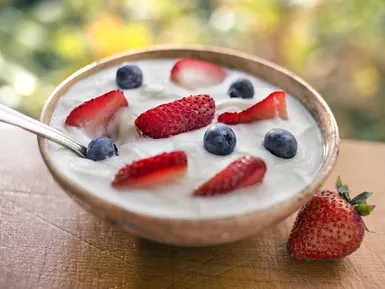Healthy Weight Loss: Science, Strategies, and Sustainable Fat Loss for Beginners

Healthy Weight Loss: Science, Strategies, and Sustainable Fat Loss for Beginners
If you’ve ever felt stuck in the "lose-gain" cycle, you’re not alone. Many beginners focus on quick fixes, but lasting weight loss hinges on understanding metabolism, energy balance, and behavior change. Let’s break down the science—and actionable steps—to help you build a healthier, leaner you.
The Science: Metabolism, Energy Balance, and Fat Loss
At its core, weight loss is about energy balance: burning more calories than you consume. But it’s not just math—metabolism plays a key role.
- Basal Metabolic Rate (BMR): Your body’s energy use at rest (60-75% of daily calories). Muscle burns more calories than fat, so preserving muscle boosts BMR (ACE, 2023).
- Thermic Effect of Food (TEF): Digesting food burns 10% of calories; protein has the highest TEF (20-30%), making it a metabolism booster (Harvard Health).
- Fat Oxidation: Fat cells release triglycerides when energy demand rises (e.g., exercise or calorie deficit). This is a whole-body process—"spot reduction" is a myth (NASM).
Common Myth: "Extreme Diets Work Best"
NIH research shows crash diets (≤1,200 calories/day) cause rapid muscle loss, plummet BMR, and lead to 80% regaining weight within 1 year. Sustainable deficits (10-20% below maintenance) are key.
Diet: Fuel Your Body for Fat Loss
A balanced diet supports metabolism, curbs cravings, and preserves muscle. Here’s how:
- Prioritize Protein: Aim for 1.2-2g/kg of body weight daily (ACE). Chicken, eggs, tofu, and Greek yogurt keep you full and protect muscle.
- Fiber & Healthy Fats: 25-30g of fiber (veggies, oats, beans) slows digestion; omega-3s (salmon, nuts) reduce inflammation (NIH).
- Limit Ultra-Processed Foods: Sugary snacks spike insulin, promoting fat storage. Swap soda for water/unsweetened tea; choose whole grains over white bread.
Pro Tip: Track intake with apps like MyFitnessPal for 1 week to identify hidden calories—small tweaks (e.g., skipping that latte) add up.
Exercise: Burn Fat and Build Muscle
Cardio burns calories, but strength training is non-negotiable for reshaping your body.
- Strength Training (2-3x/week): Lifts (squats, push-ups, dumbbells) at 8-12 reps/set build muscle, which raises BMR long-term (Harvard).
- Aerobic Exercise (150+ mins/week): Walk, cycle, or swim at moderate intensity (60-70% max heart rate) to boost calorie burn. For efficiency, try 20-minute HIIT sessions 2x/week.
Personalized Insight: Apple-shaped bodies (belly fat) often have higher visceral fat—focus on core-strengthening (planks, deadlifts) and moderate carbs. Pear-shaped bodies (thigh/hip fat) benefit from lower-body resistance (lunges, glute bridges) plus steady-state cardio to target stubborn fat.
Mindset & Habits: The Missing Piece
Stress, poor sleep, and self-criticism sabotage progress. Here’s how to reset:
- Sleep 7-9 Hours: Poor sleep lowers leptin (the "full" hormone) and raises ghrelin (the "hunger" hormone), doubling cravings for junk food (Harvard).
- Manage Stress: Chronic stress elevates cortisol, which drives abdominal fat storage. Try 5-minute daily meditation or walking to calm your nervous system.
- Celebrate Non-Scale Wins: Track energy levels, clothing fit, or workout progress—weight fluctuates, but these markers show real change.
Your Next Step: Start Small, Stay Consistent
This week, commit to one action: meal-prep 3 protein-rich lunches, add 2 strength sessions, or prioritize 8 hours of sleep. Sustainable weight loss isn’t about perfection—it’s about progress.
Remember: You’re not just losing fat; you’re building a lifestyle. Trust the science, be kind to yourself, and watch your body transform.

5 Transformative Weight-Loss Resolutions for Success

Workout Routines & Beyond: Science-Based Weight Loss
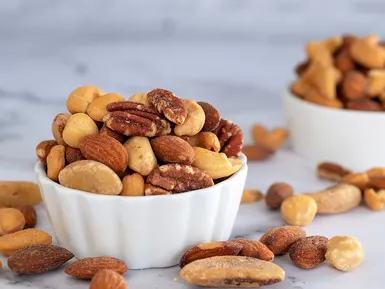
Vitamin E and Weight Loss: Unveiling the Truth

Effective Strategies to Lose Midriff Fat for Women
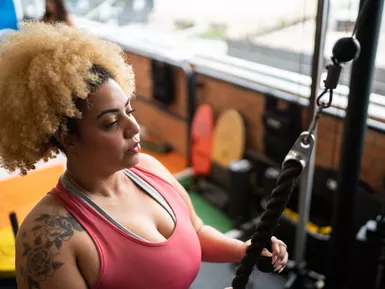
8 Non-Scale Victories in Your Weight-Loss Journey
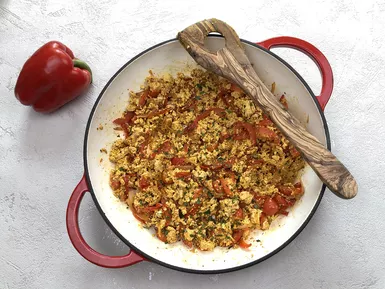
Unveiling the Ornish Diet: A Path to Sustainable Weight Loss

The Power of Social Support in Weight Loss
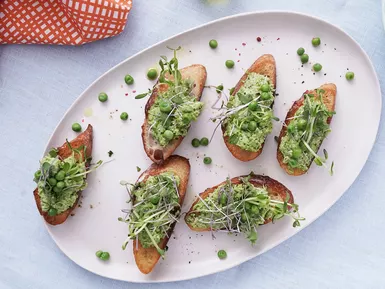
Personalized Weight Loss: 4 Strategies for Success

Long - Term Weight Loss: Maintaining Healthy Habits
